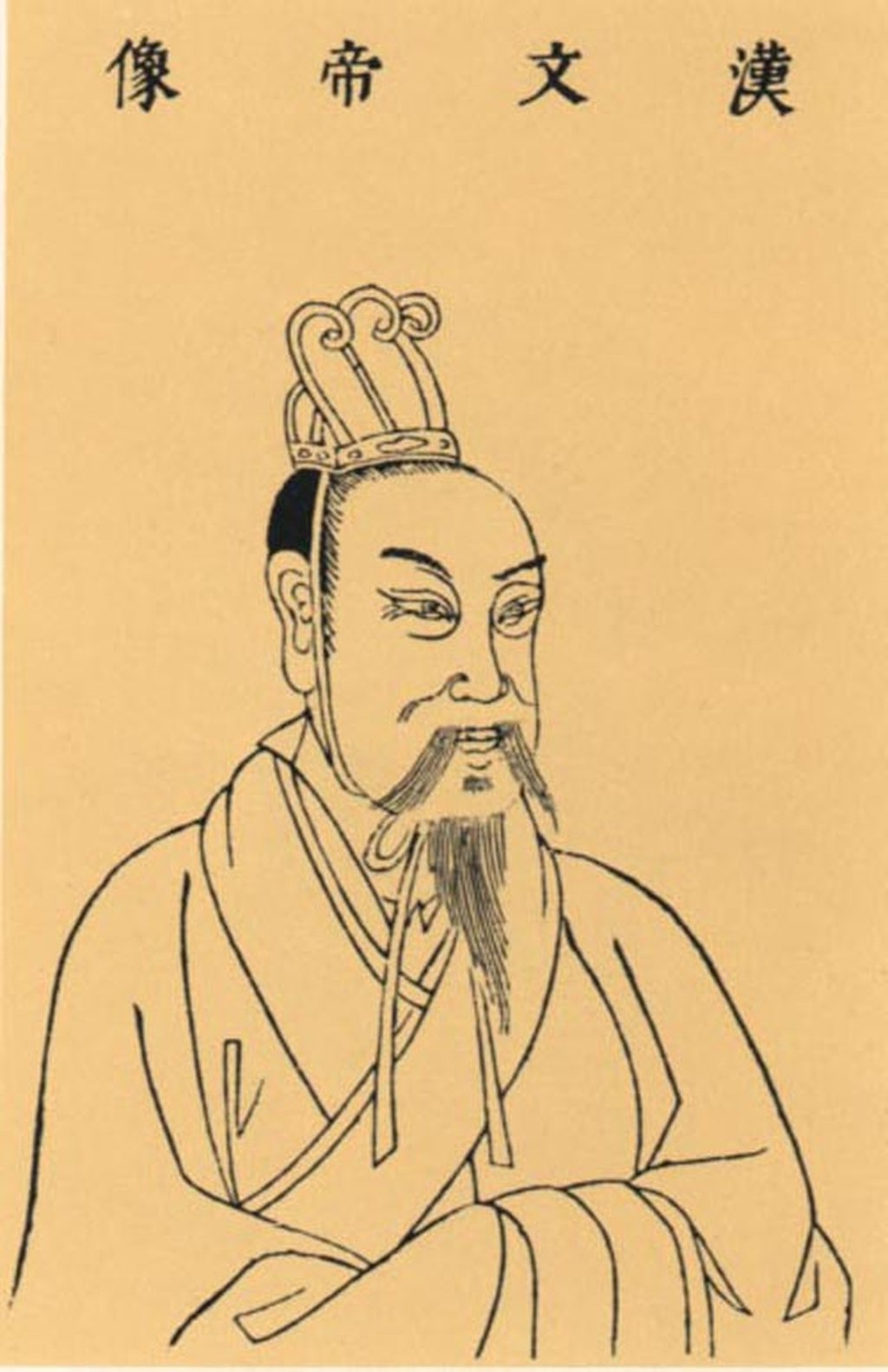Chinese archaeologists find first complete panda burial in 2,000-year-old Han dynasty tomb
- The animal, which may have been kept as a status symbol, had been sacrificed and buried with the Emperor Wen, who died in 157 BCE
- Although a panda’s skull was found in another Han dynasty tomb, this is the first time a complete skeleton has been found buried in such a manner

Chinese archaeologists have found what they claim is the first complete skeleton of a giant panda in a Han dynasty emperor’s tomb dating back more than 2,000 years.
The giant panda is thought to have been sacrificed to accompany the emperor Emperor Wen, who reigned from 180 to 157 BCE, into the afterlife.
The animal’s remains were lying in a satellite pit, with its head facing in the direction of the tomb.

The tomb is in the modern day city of Xian in Shaanxi province, once the capital of China.
Hu Songmei, an archaeologist at the Shaanxi Academy of Archaeology, said this was the first time that a complete panda skeleton had been found in an emperor’s tomb.
She said archaeologists had found the skull of a giant panda in the tomb of Emperor Wen’s mother Consort Bo in 1975 but the body was missing.
Archeologists have found a large variety of wild animals, which they believe were a status symbol for the Han rulers, in Shaanxi’s royal tombs.